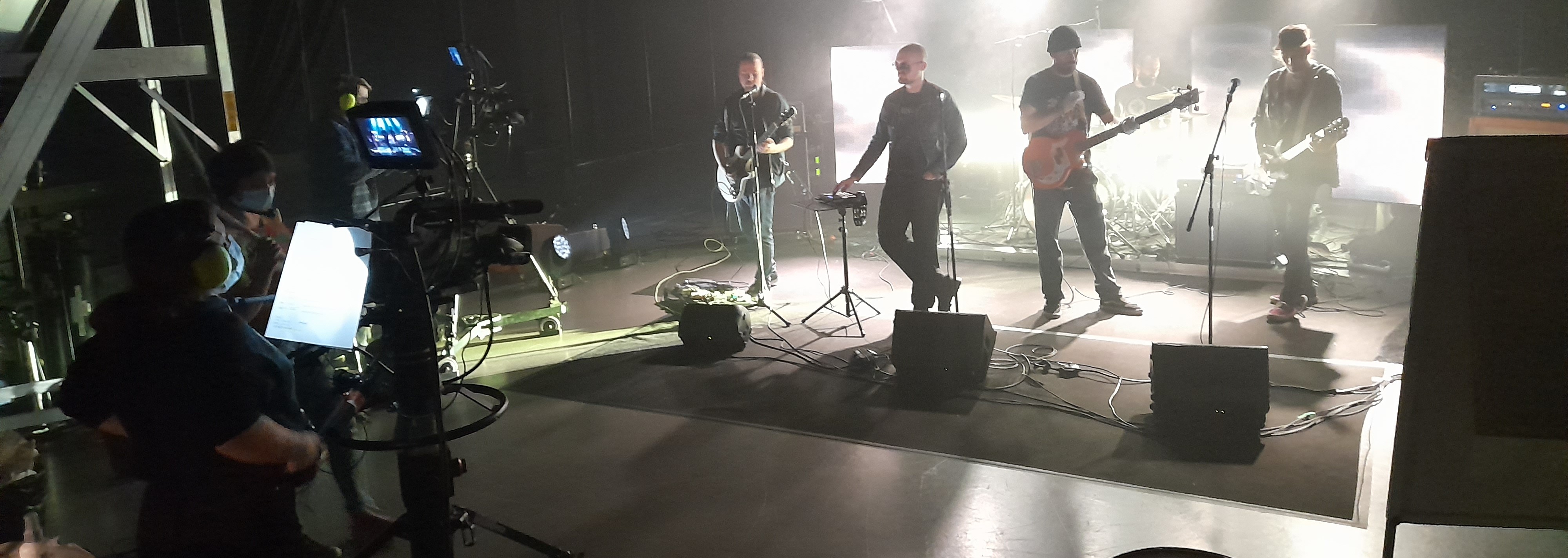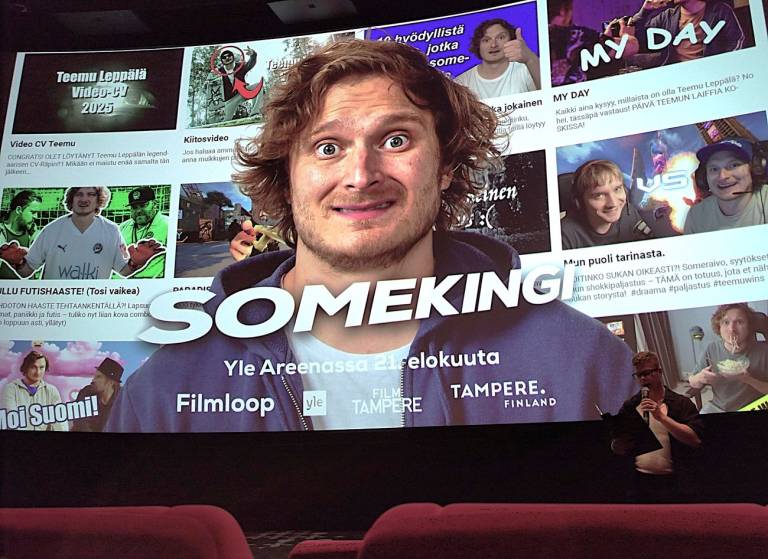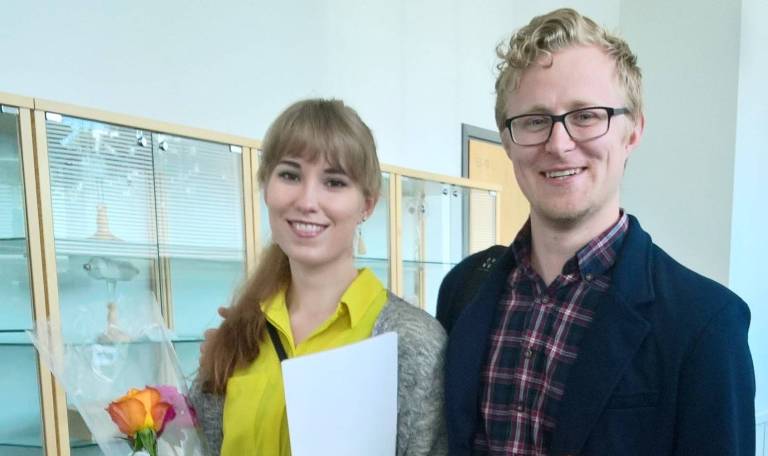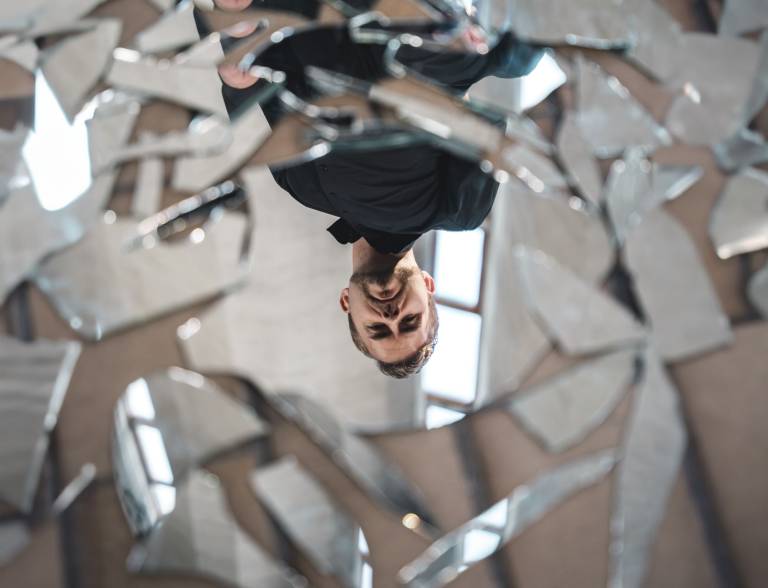The conference was arranged in one of the most prestigious universities in Spain, The Universidad Complutence de Madrid, which consists of 26 different faculties from engineering to arts and humanities.
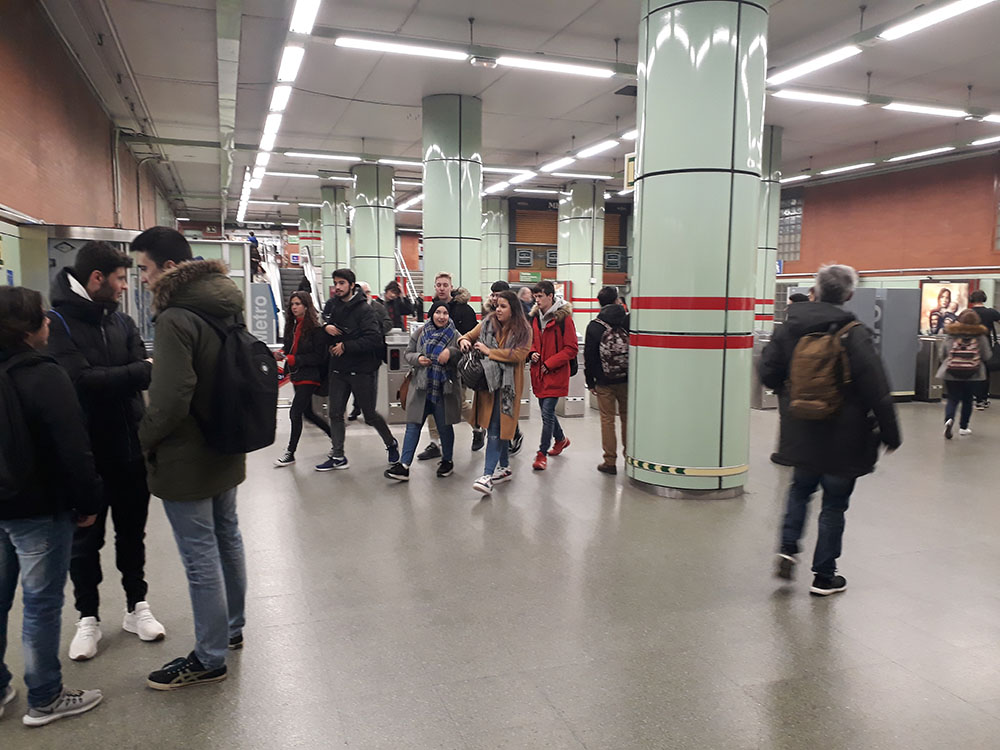
The conference was kept in two languages, English and Spanish. The amount of English sessions was limited. Despite of this, the variety of the sessions was quite good. Thursday started with a short opening ceremony, which had two different keynote speakers. The keynotes had a strong emphasis on the cultural context of art. During the conference, individual sessions dealt with various topics and maybe the cultural aspect wasn’t always visible.
The keyword for Thursday’s first sessions was corruption. Slogans from the perspective of text attached to image was for example a very powerful way to express the discontent to prevailing conditions in the Algeria demonstrations during early autumn of 2019.
Personally, the most interesting parts dealt with the question of authorship. First it was discussed from the perspective of viewer when concerning the new technologies. As a conclusion the tendency of going interfaceless was mentioned. Personally, also very interesting was a presentation concerning whether the actor is an author. This was raised as a new question, which was a bit surprising to me. The discussion whether the different participants making a film can be seen as authors has been going on for a long time. The borders of authorship and questions concerning the borders of art are important anyway and it seems like we need this kind of constant discussion. Enthusiastic arguments seem to vary especially amongst people who watch the film industry from outside.
Also interesting to me was the presentation of ”Image memories and the sensory recall”. There was an argument that because our life is full of images and sounds, we tend to escape this in order to achieve more memorable experiences through our other senses.
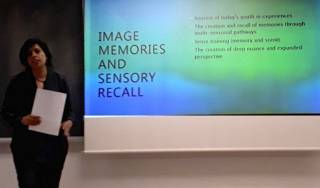
Interesting presentation was about Gregg Arakis’ movies. The presentation was about the researchers’ analysis of certain scenes. In the examples it showed how Araki criticizes for example conservatism and discrimination.
Interesting discussions occurred later on also; for example about branding cities and organization through different visual elements. We had a good conversation about content but simultaneously about rights involved in the discussed cases.
Overall, as far as I’m concerned, all the topics discussed in GKA Conference were important and more or less contemporary. The concept of ‘culture’ was understood very widely. Almost every topic seemed to fit under that roof. In a two-day conference, this works far better than having a very narrow perspective, I think.
Text and photos: Tomi Leino 2019
Editing: CF

